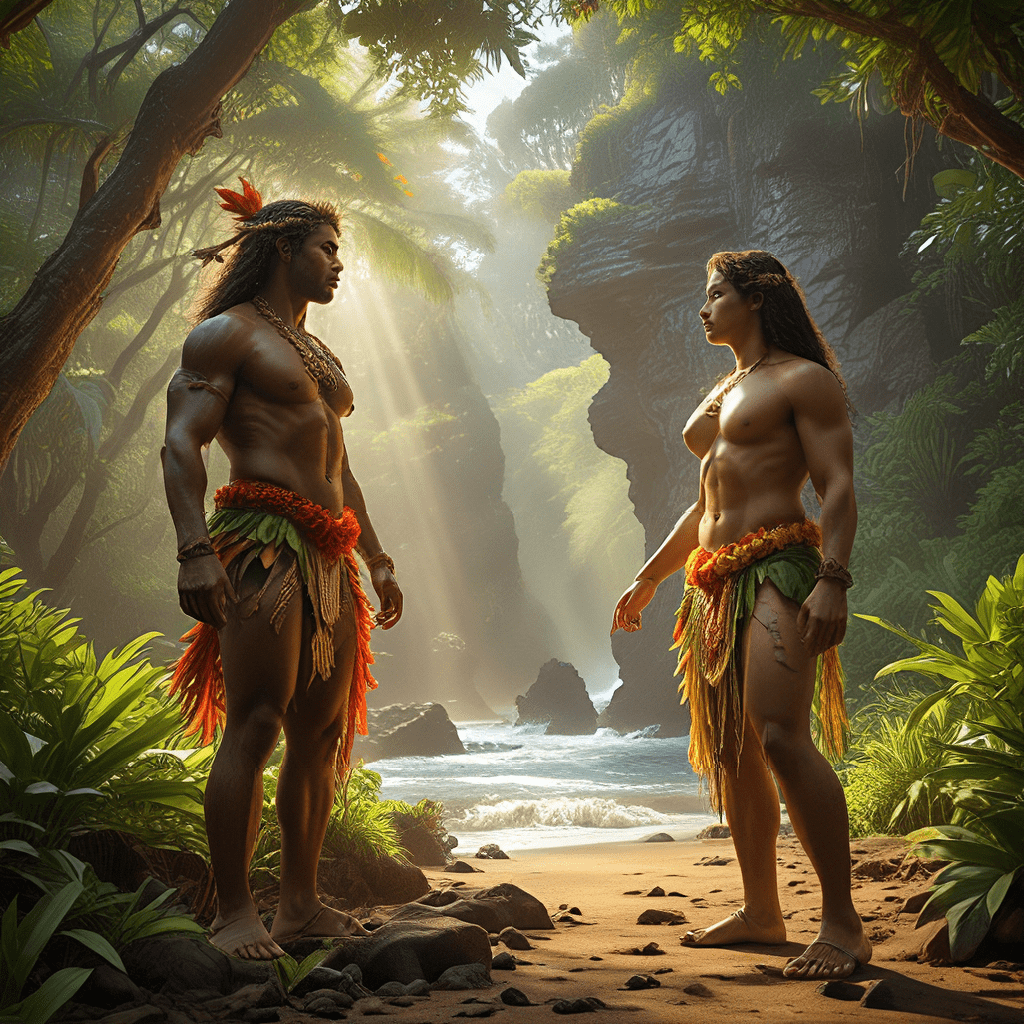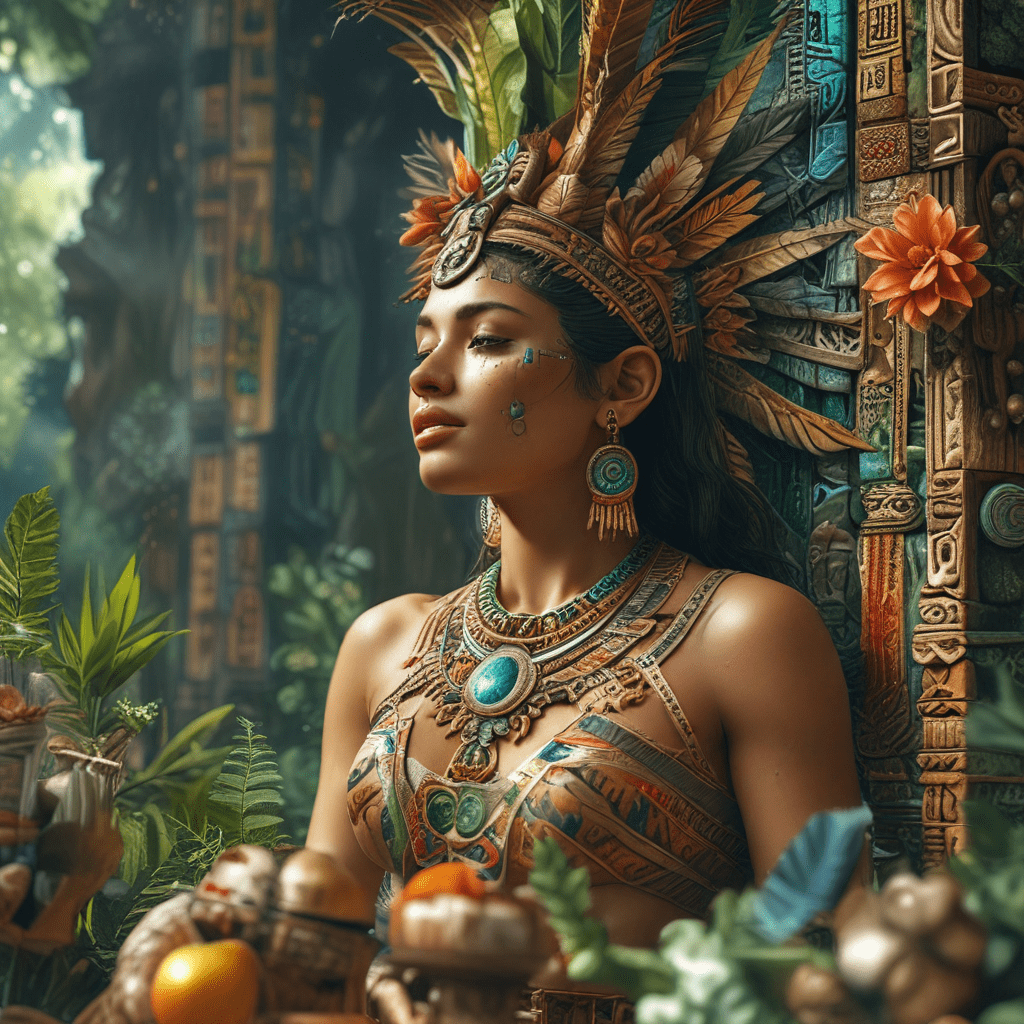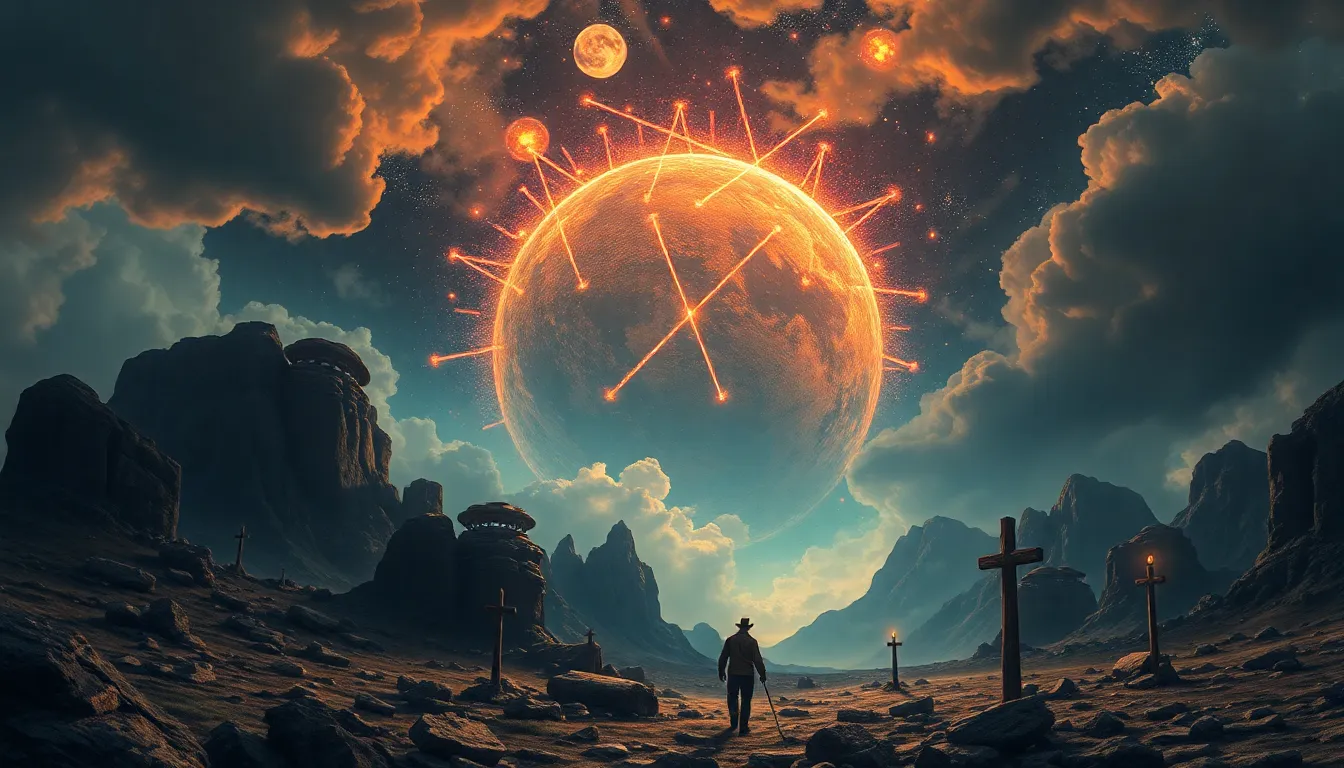Hawaiian Mythology: A World Shaped by the Elements
Hawaiian mythology holds a profound connection to the natural world, viewing the elements as powerful forces that shape life and influence destiny. The Hawaiian people see themselves as deeply connected to the earth, sky, and sea, believing that human actions have a direct impact on the natural world's balance. This intricate relationship between humans and the elements manifests in their rich and compelling mythology, offering insights into their understanding of the universe and their place within it.
The Four Major Elements in Hawaiian Cosmology
Hawaiian cosmology revolves around four fundamental elements: fire, water, air, and earth. These elements are not merely physical entities but also embody powerful deities who possess unique characteristics and influence over specific aspects of life. They are seen as the very foundation of existence, shaping the landscape, influencing weather patterns, and governing the flow of life itself. The interconnectedness of these elements is vital to the balance of the natural world.
The Goddess of Fire: Pele and Her Volcanic Fury
Pele, the fiery goddess of volcanoes, is a central figure in Hawaiian mythology. She is associated with the destructive power of volcanoes, the raw energy of fire, and the volcanic landscapes that define the Hawaiian islands. Pele's fiery temper and unpredictable nature symbolize the unpredictability of nature itself. Her volcanic eruptions are seen as expressions of her power, a reminder of the raw forces that shape the earth. Legends tell of Pele's journeys across the islands, her fierce love affairs, and her battles with other deities. She is a powerful force, simultaneously feared and respected for her ability to both create and destroy.
The Ocean’s Embrace: The Role of Kāne Milohai
Kāne Milohai, the god of the sea, is another prominent figure in Hawaiian mythology. He embodies the vastness and power of the ocean, a force that both sustains and threatens life. Kāne Milohai is also associated with creation, fertility, and the abundance of the sea. He is seen as the protector of seafaring people, guiding them through the treacherous waters and ensuring their safe return to shore. His presence is felt in the rhythmic crashing of waves, the gentle sway of the ocean, and the abundance of life that thrives in its depths.
The Life-Giving Breath: The Wind God, Kāne
Kāne, the wind god, is a deity who represents the vital force of air. He is associated with life, breath, and the movement of the wind. Kāne is seen as the bringer of rain and the mover of clouds, influencing weather patterns and bringing life to the land. He is a powerful and unpredictable force, able to bring both gentle breezes and destructive storms. His presence is felt in the rustling of leaves, the sighing of the wind, and the invigorating feeling of fresh air.
The Earth Mother: Papahānaumoku and the Foundation of Existence
Papahānaumoku, the earth mother, is the foundation of Hawaiian existence. She represents the solid ground beneath our feet, the fertile soil that sustains life, and the vastness of the Earth itself. She is the embodiment of stability, resilience, and the cyclical nature of life. Papahānaumoku is often depicted as a giant who stretches across the Earth, her body forming the islands and her breath sustaining all living things. She is a nurturing presence, providing food and shelter to all who live upon her.
The Elements as Guardians and Protectors
In Hawaiian mythology, the elements are not only forces of nature but also guardians and protectors of the people. They are seen as watchful presences, ensuring the balance of the natural world and offering guidance and protection to those who respect their power. For example, Kāne Milohai, the god of the sea, watches over fishermen and navigators, guiding them through the waters and ensuring their safe return. Pele, the goddess of fire, protects those who live near volcanoes, offering warmth and nourishment but also warning them of her unpredictable nature.
The Connection Between Human Actions and Natural Phenomena
Hawaiian mythology emphasizes the deep connection between human actions and the natural world. The people believed that their actions, both positive and negative, directly impacted the balance of the elements. Improper respect for the elements or disrespecting the gods associated with them could result in natural disasters, illness, or other misfortunes. Conversely, living in harmony with the elements and honoring the gods would bring blessings, abundance, and good fortune. This understanding fostered a deep sense of responsibility towards the natural world and encouraged sustainable living practices.
The Importance of Respecting the Elements
Respecting the elements is a central theme in Hawaiian mythology. The people recognized the power of the elements and understood that their actions could have a significant impact on the natural world. They developed rituals, ceremonies, and chants to honor the gods associated with the elements and to seek their favor. The practice of "Aloha ʻĀina" (love for the land) exemplifies this reverence. It emphasizes the interconnectedness of all living things and encourages people to treat the Earth and its resources with care and respect.
The Legacy of Hawaiian Mythology: Understanding the Relationship Between Humans and Nature
Today, the lessons of Hawaiian mythology continue to resonate with the modern world. They offer a profound understanding of the relationship between humans and nature, inspiring people to live in harmony with the Earth and to respect the power of the elements. The stories of Pele, Kāne Milohai, and Papahānaumoku serve as reminders that we are all interconnected and that our actions have a profound impact on the environment. By understanding the wisdom embedded in these myths, we can foster a deeper connection to the natural world and work towards a more sustainable future.
FAQ
What are the four major elements in Hawaiian mythology?
The four major elements in Hawaiian mythology are fire, water, air, and earth.
What are some of the deities associated with the elements?
Some deities associated with the elements include Pele (fire), Kāne Milohai (water), Kāne (air), and Papahānaumoku (earth).
How do the elements influence human destiny in Hawaiian mythology?
The elements are seen as powerful forces that can both sustain and threaten life. Human actions are believed to directly impact the balance of the elements, which in turn influences destiny. Respecting the elements and honoring the gods associated with them can bring blessings, while disrespect can lead to misfortune.
Why is it important to respect the elements in Hawaiian mythology?
Respecting the elements is essential for maintaining the balance of the natural world and ensuring the well-being of humankind. The Hawaiians believed that the elements were powerful forces that should be treated with reverence, and they developed rituals and ceremonies to honor the gods associated with them.
What is the legacy of Hawaiian mythology for understanding the relationship between humans and nature?
The lessons of Hawaiian mythology offer a profound understanding of the interconnectedness of all living things and the importance of living in harmony with the natural world. The stories of the elements and their associated deities remind us that we are all connected and that our actions have a significant impact on the environment. By embracing the wisdom embedded in these myths, we can work towards a more sustainable future.


